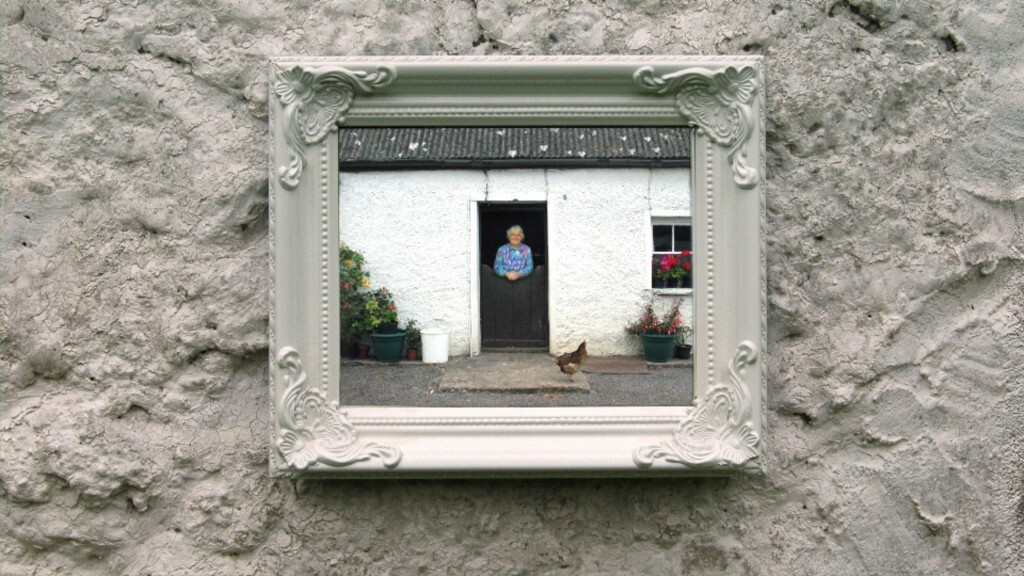In praise of documentary experimentation
Another year, and again we are thinking through film in Jihlava. Sometimes very traditionally, as with two films about great figures in Czech sports (Váňa and Věra 68), sometimes unconventionally, as with Two Nil, which presents a moving image of a football match as seen by the spectators and the stadium staff. But the most interesting of all are consciously experimental films; films that play with the medium of film, that try to throw it off track and hold up a mirror to it in way possible, all the while hoping to show us something new about a medium that we use on a regular basis and thus don’t even notice anymore – or to show us something about ourselves, about people who without media almost aren’t people anymore.
These films by “quirky” directors who play with film, seemingly unconsciously and just for their own sake, are collected in the Fascinations section. Here, you will find works whose creators have merely reedited older movies, put them together differently, with different colours and different music. In so doing, they emphasise the great strength of the media of film, which captures reality but through cutting and editing creates a different reality. In documentary film in particular, the act of editing thus raises the question of ethics: what are the limits of editing and rearranging? Is all editing and mixing allowed? Don’t some techniques come close to being a cinematic “foul”? Against what? And if yes, can such a foul be justified by the overall objective – i.e., do the ends justify the means? Take the recent analogy by Czech author Michal Viewegh when he assumed the right to write a novel by editing and pasting together political and other news reports from the media.
A special sub-section of Fascinations are those films that engage in a dialogue with canonical works and with entrenched ideological techniques. It is a political debate: such as when a film points out how the world looks at “primitive” civilizations today and in the past, what the most frequent (standard) narrative structure of a documentary film looks like, and how this ideologizes our view of the world because everything that we see creates a story and strips them of the uniqueness of their existence. But it is also a professional debate, because it poses the heretical question: is not too much craft, too much of that celebrated good craft, in fact detrimental to film? Shouldn’t a good film also contain a little bit of inartfulness or temptation?
Other experiments in Jihlava do not assault the soul (and by extension, the question of justice and just cinema), but aim straight for the eyes, for our aesthetic side. We are blessed with countless films featuring all manner of overlapping, multiplied, coloured, and jerky images. They ask us what we see and whether the question of “how” we look does not also influence “what” we end up seeing and what we do with what we have seen. Changing the way we see helps us to consider how things, people and events change as well. These films show the world from different angles and in different shades; they allow us to think (through film) in a way that we do not in everyday reality unless we happen to be capable of states of transcendental meditation or can float on the waves of a hallucinogenic drug.
Many films that stick to the mainstream in order to be seen and make their way to the masses via television – films that can also be seen in Jihlava – make use of this kinds of experimentation, though always at a carefully measured level and with a conscious view towards the very limited abilities of the mainstream viewer to “see things differently”. Often, such experimentation is used to make the film “special”, or for pure decorative purposes.
The films from Jihlava’s Fascinations section use experimentation directly as a method for opening up new paths or for showing that some things simply cannot be used in film anymore because they no longer have any suggestive or informational force. All this is noticeably reminiscent of scientific research in which, at the outset, we don’t totally know “what will pop up”. But without passing through this phase we will never discover anything – and by extension, never get to use it to the full. In film as in science, the first thing is fascination – only then comes the (eternal) product.



